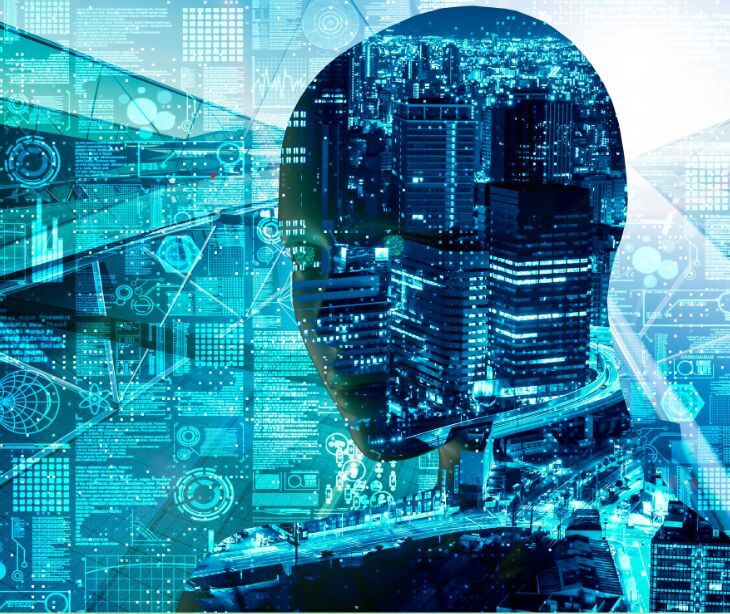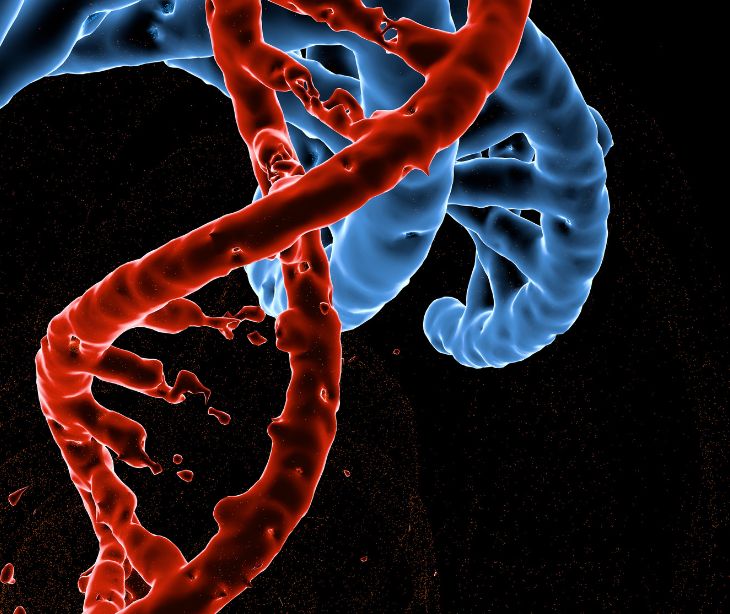1 min read

Neither machine learning nor AI technology is "better" than the other when it comes to healthcare communications. Machine learning does however offer the ability to adjust to the constant changes in the requirements for effective healthcare communications in areas such as HIPAA compliant email and text messaging.
What is machine learning?
According to a recent study that explained what machine learning is, “ML usually provides systems with the ability to learn and enhance from experience automatically without being specifically programmed…”
Machine learning is a branch of artificial intelligence that allows systems to learn from data, identify patterns, and make decisions with minimal human intervention. The purpose of machine learning is to develop algorithms that can process large volumes of data and perform tasks by generalizing from the input data instead of following explicitly programmed instructions.
The same study provided, “The learning algorithms can be categorized into four major types, such as supervised, unsupervised, semi-supervised, and reinforcement learning in the area…”
It works by building mathematical models based on sample data, known as "training data," to make predictions or decisions without being explicitly programmed to perform the task. These models are trained through various algorithms that optimize their ability to predict new, unseen data.
The applications in healthcare communications:
- Automated responses: Machine learning algorithms can analyze incoming messages (whether emails or texts) and automatically generate appropriate responses based on the content.
- Personalization: By analyzing past interactions, preferences, and patient data, machine learning models can personalize the content of messages. Personalization helps in making communication more engaging and relevant to each patient.
- Optimization of message timing: Machine learning can also determine the best times to send messages to patients based on their previous engagement patterns.
- Spam detection and management: In the realm of email communications, machine learning helps in filtering out irrelevant or spam emails.
- Sentiment analysis: Machine learning can be used to analyze the sentiment of incoming messages to gauge patients' feelings and satisfaction.
- Predictive analytics: By analyzing trends and patterns in communication data, machine learning can predict future patient behaviors or needs. For example, predicting which patients are likely to miss appointments can help in sending additional reminders or engaging in proactive communications to reduce no-shows.
See also: What is machine learning?
What is AI?
A Journal of Family Medicine and Primary Care study, “Artificial intelligence (AI) is the term used to describe the use of computers and technology to simulate intelligent behavior and critical thinking comparable to a human being.”
Artificial Intelligence (AI) is a branch of computer science that creates machines intended to mimic human intelligence—tasks like learning from experiences, understanding complex content, making decisions, and recognizing speech or objects. AI's purpose is to automate tasks that typically require human cognitive abilities.
AI operates by integrating vast datasets with sophisticated algorithms that process and learn from this data. For instance, an AI system can learn to recognize patterns or behaviors by analyzing thousands of examples. These algorithms adjust their own programming instead of the processes used by machine learning.
These uses of AI in healthcare communication include:
- Spam filtering: AI improves spam detection by learning from patterns found in billions of emails. It identifies features commonly associated with spam or phishing attempts, such as specific keywords, sender behaviors, and unusual sending patterns, and uses these insights to filter out unwanted emails more accurately.
- Smart replies: AI can analyze the content of emails and text messages and suggest contextually appropriate responses. It saves time, particularly on mobile devices, by allowing users to select a response with a single tap instead of typing out the entire message.
- Email categorization: AI systems can automatically sort emails into various folders like primary, social, promotions, or updates based on their content, sender, and user interactions. Categorization helps users manage their inboxes more efficiently by prioritizing how and when they address different types of emails.
- Predictive text and autocorrect: In text messaging, AI enhances user experience by predicting the next word in a sentence, thus speeding up the writing process. AI-driven autocorrect fixes typographical and grammatical errors, adapting to individual typing habits over time.
See also: Artificial Intelligence in healthcare
Which option is better applied in healthcare communications
AI consists of a wider range of technologies that can execute tasks such as natural language processing, automated decision-making, and immediate responsiveness to user interactions. This makes AI incredibly useful for tasks like real-time language translation and ensuring that communication interfaces are intuitive and user-friendly.
On the other hand, Machine Learning, a subset of AI, specializes in analyzing data and learning from it. ML algorithms can continually learn from communication patterns to detect anomalies that may indicate breaches or non-compliance with HIPAA regulations, such as unauthorized sharing of protected health information (PHI).
For ensuring HIPAA compliance in communication tools, ML may be considered more directly beneficial because it can adapt and improve its detection algorithms over time.
FAQs
Can Machine Learning work without AI?
While ML is a subset of AI and typically depends on the broader AI framework to function, its specific focus is on learning from data, which can be applied independently.
How do AI and ML help prevent breaches of patient data?
AI and ML can help detect unusual patterns that might indicate a security breach, analyze data access logs for unauthorized access.
Can AI and ML completely replace human roles in healthcare communications?
While AI and ML can automate many tasks and improve efficiency, they are not likely to completely replace human roles in healthcare communications.
Subscribe to Paubox Weekly
Every Friday we'll bring you the most important news from Paubox. Our aim is to make you smarter, faster.



